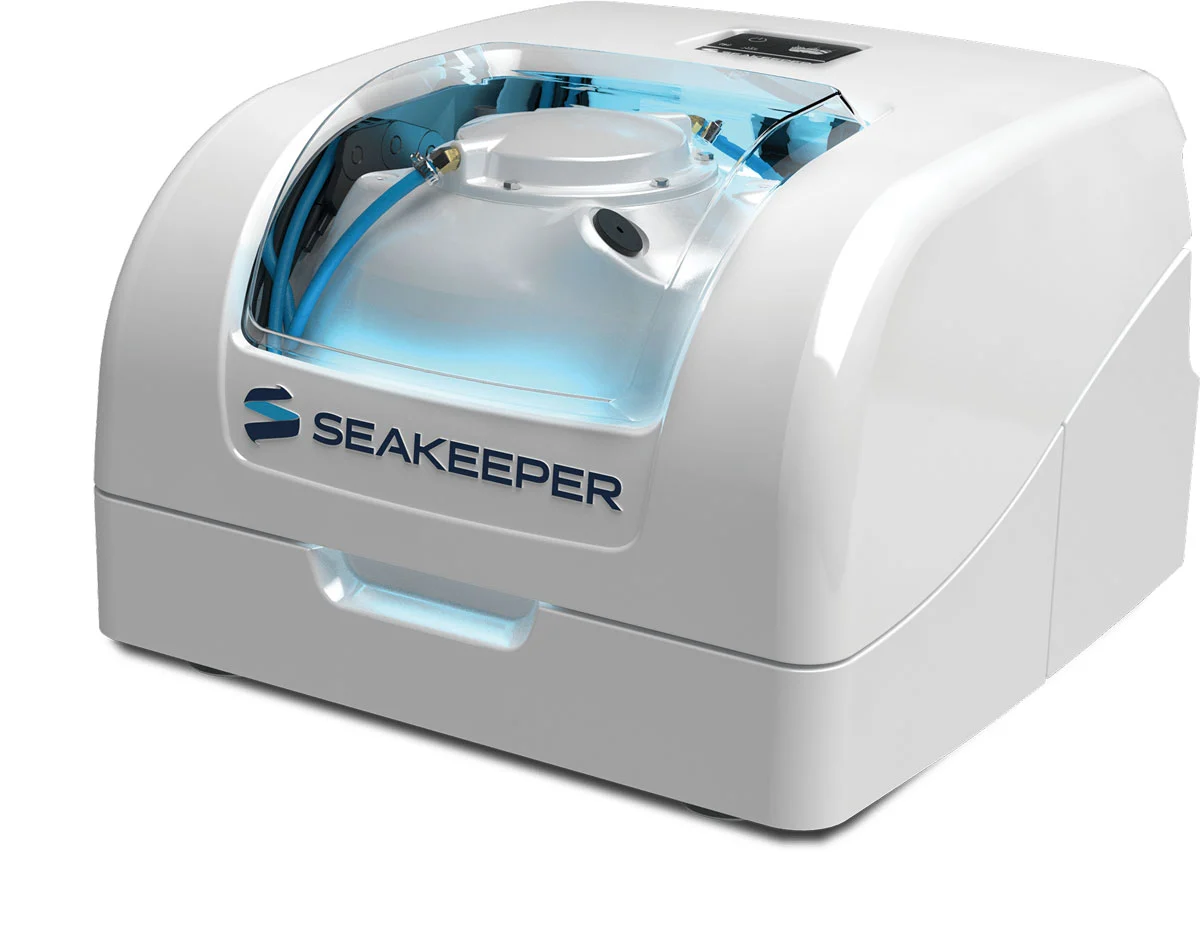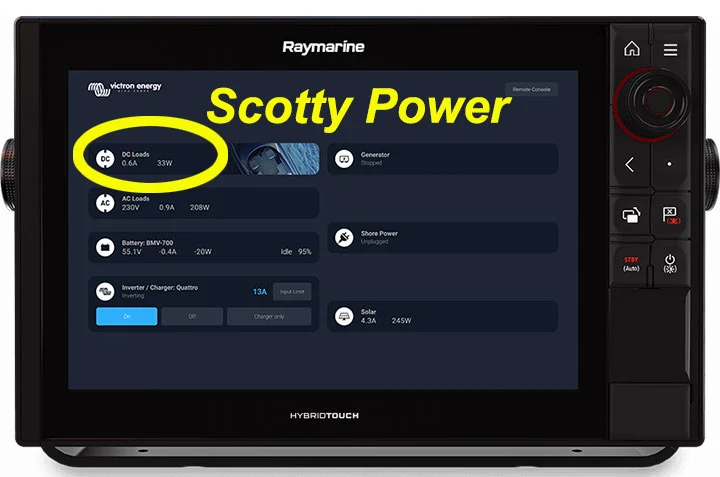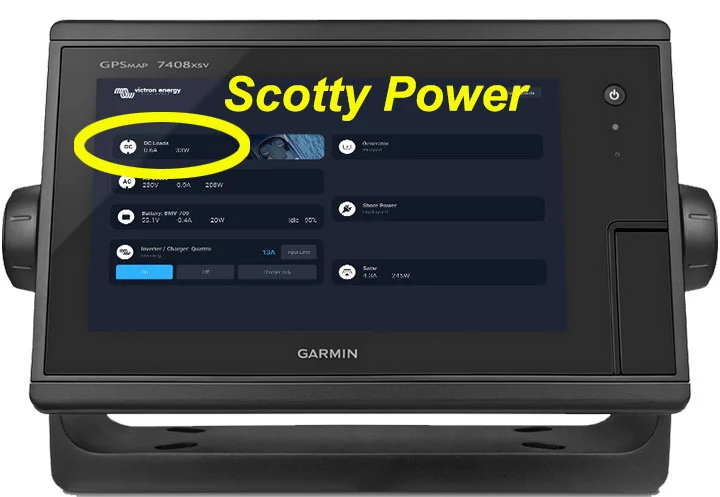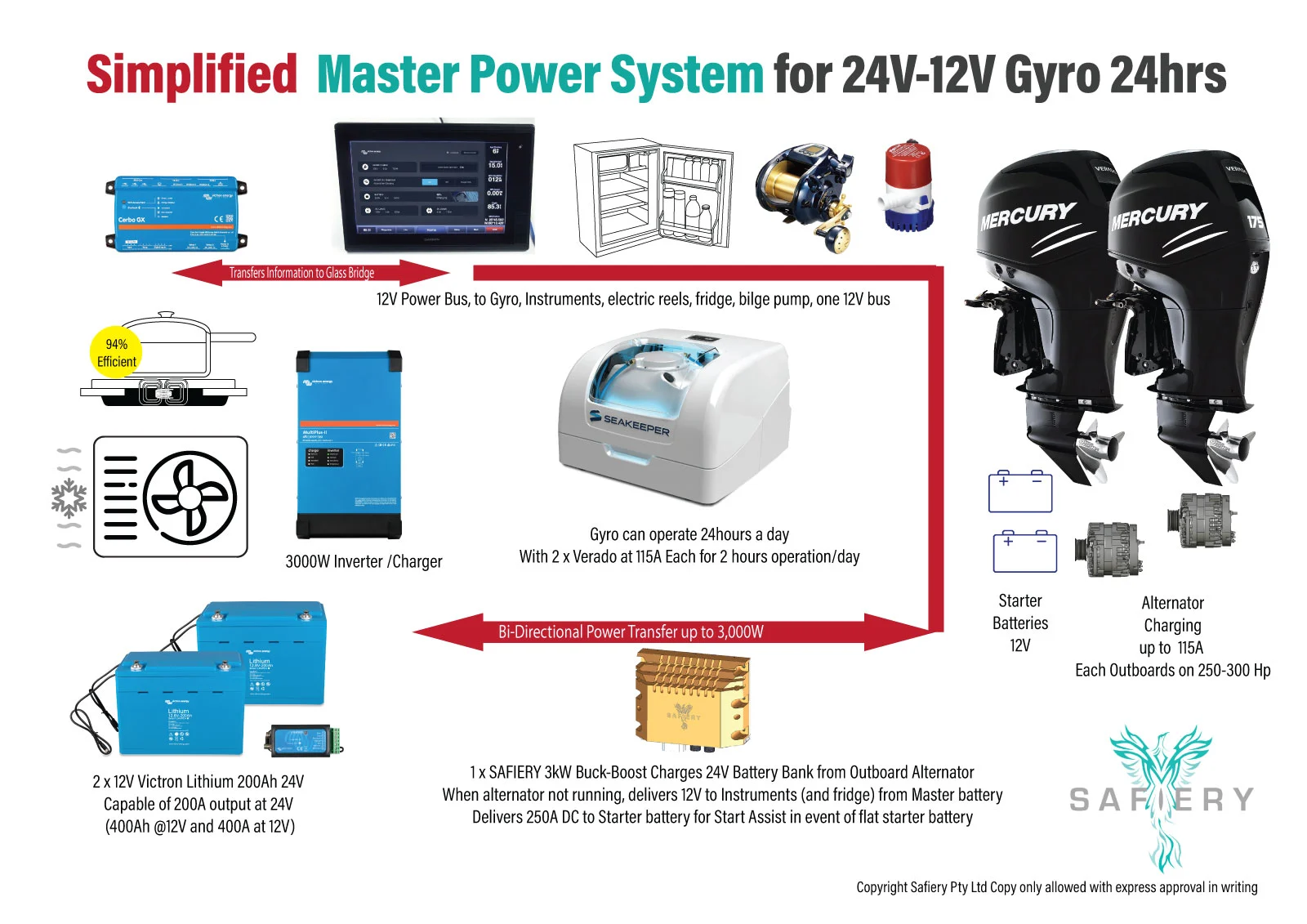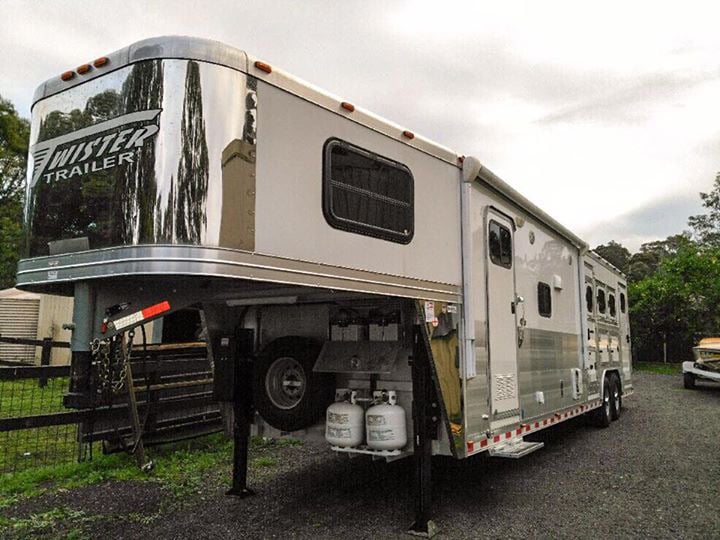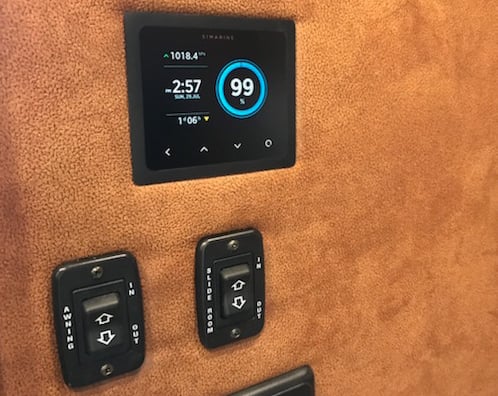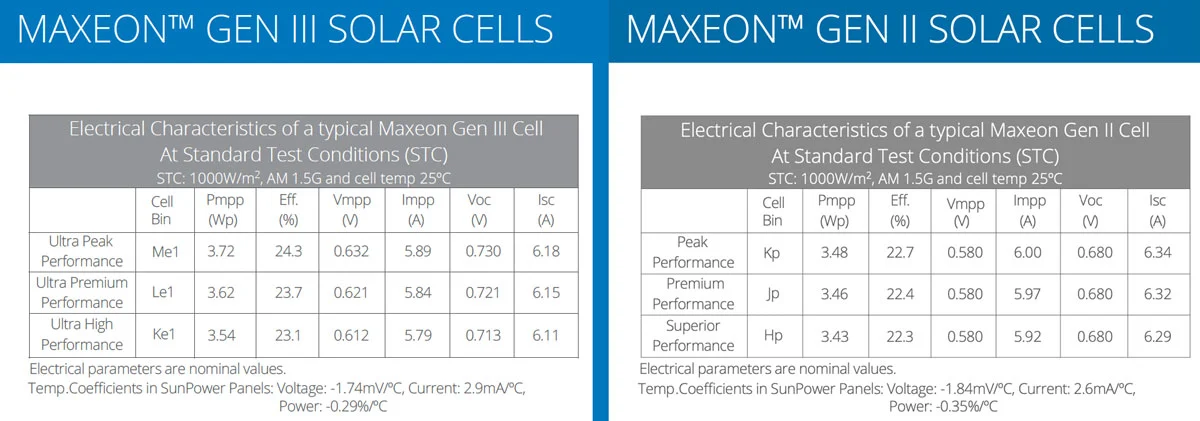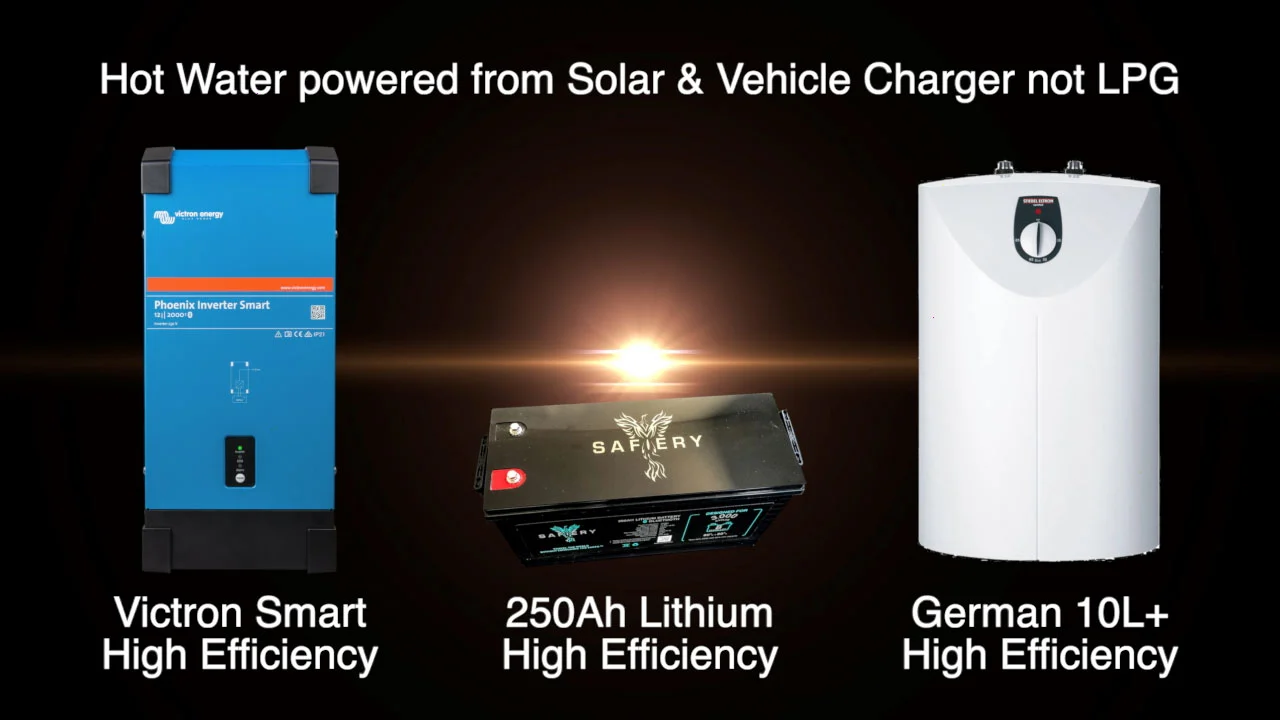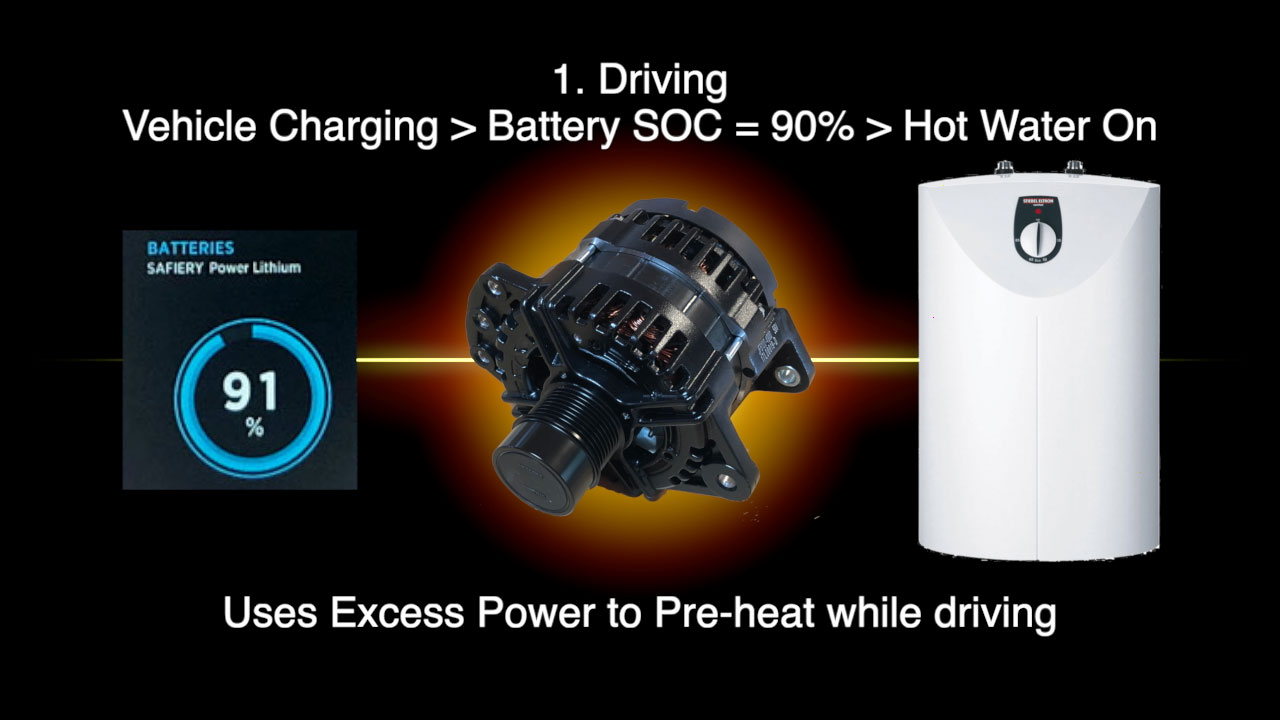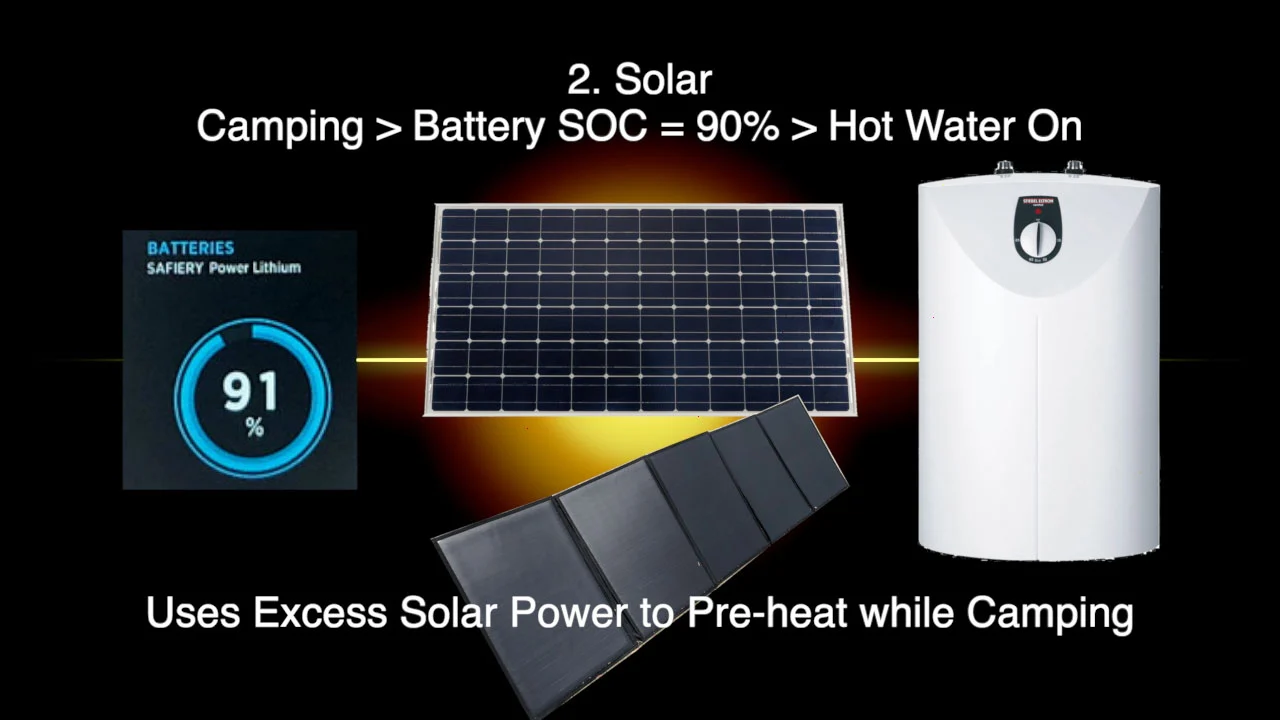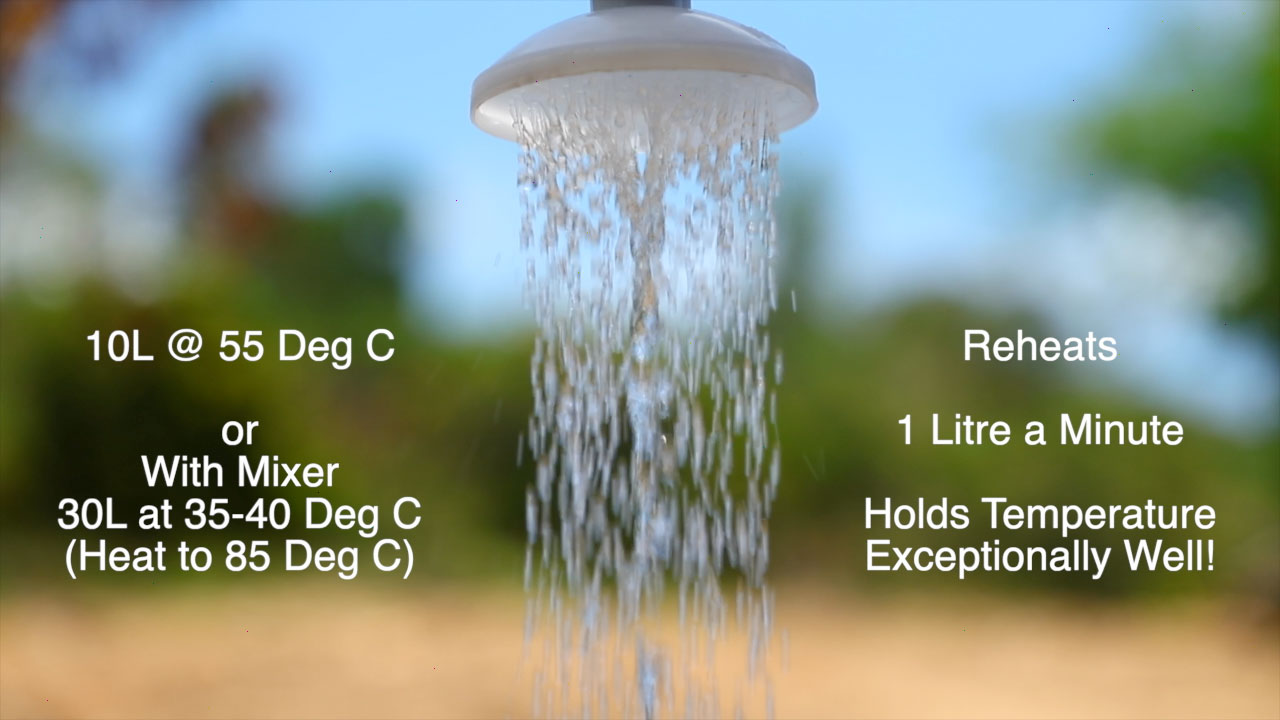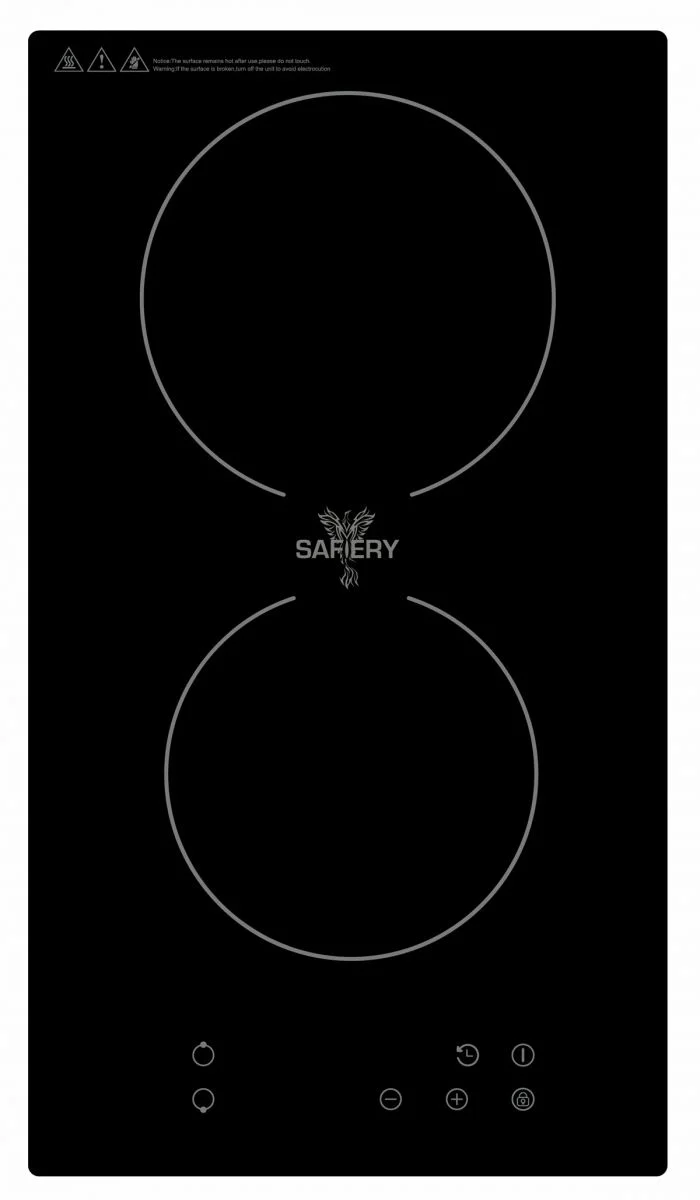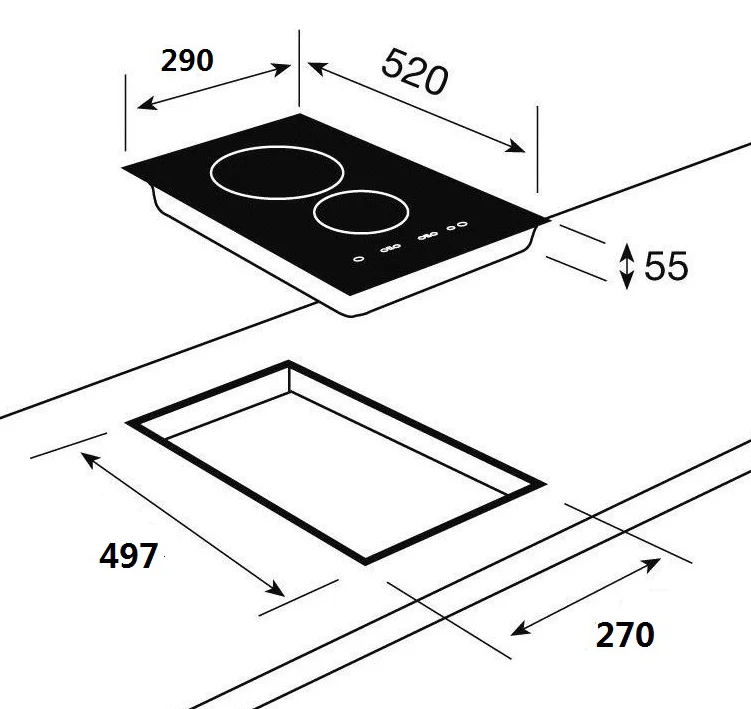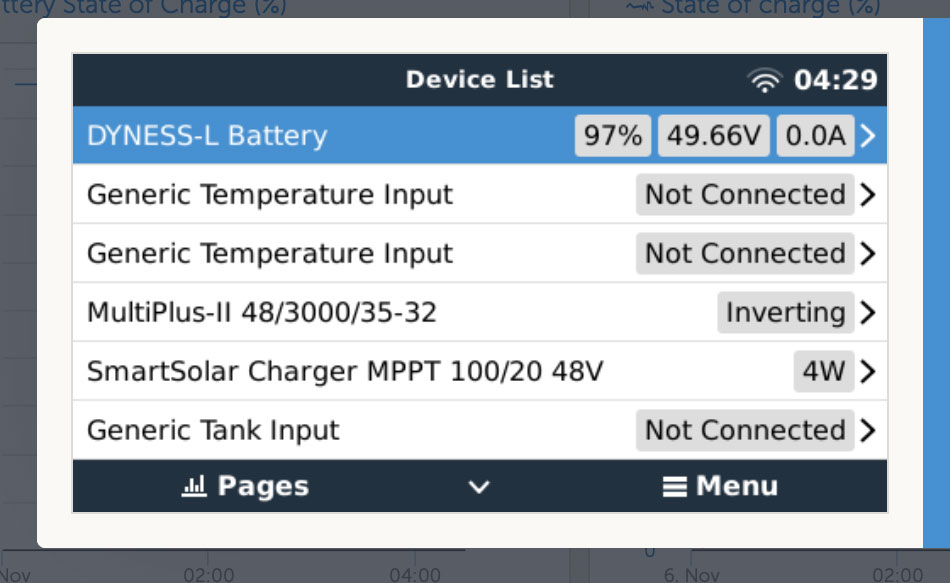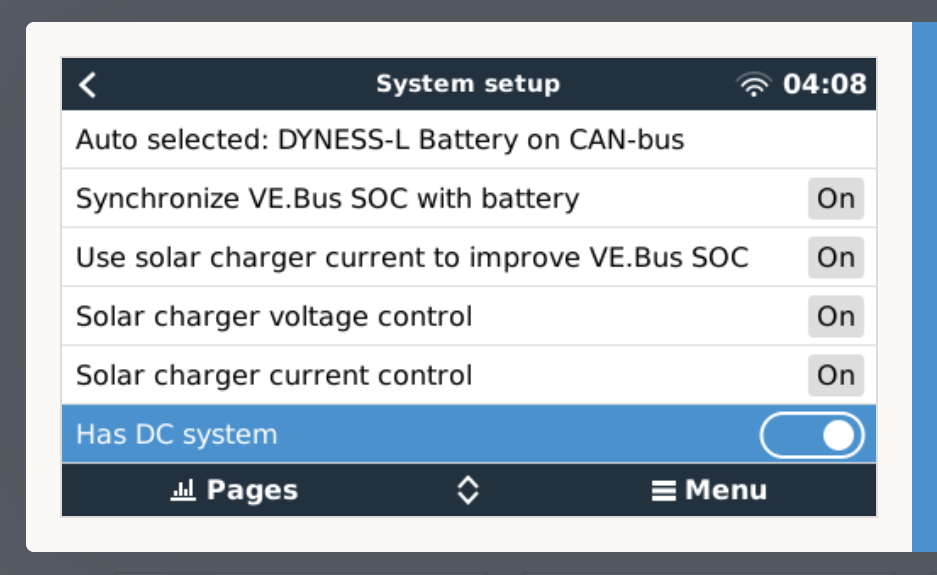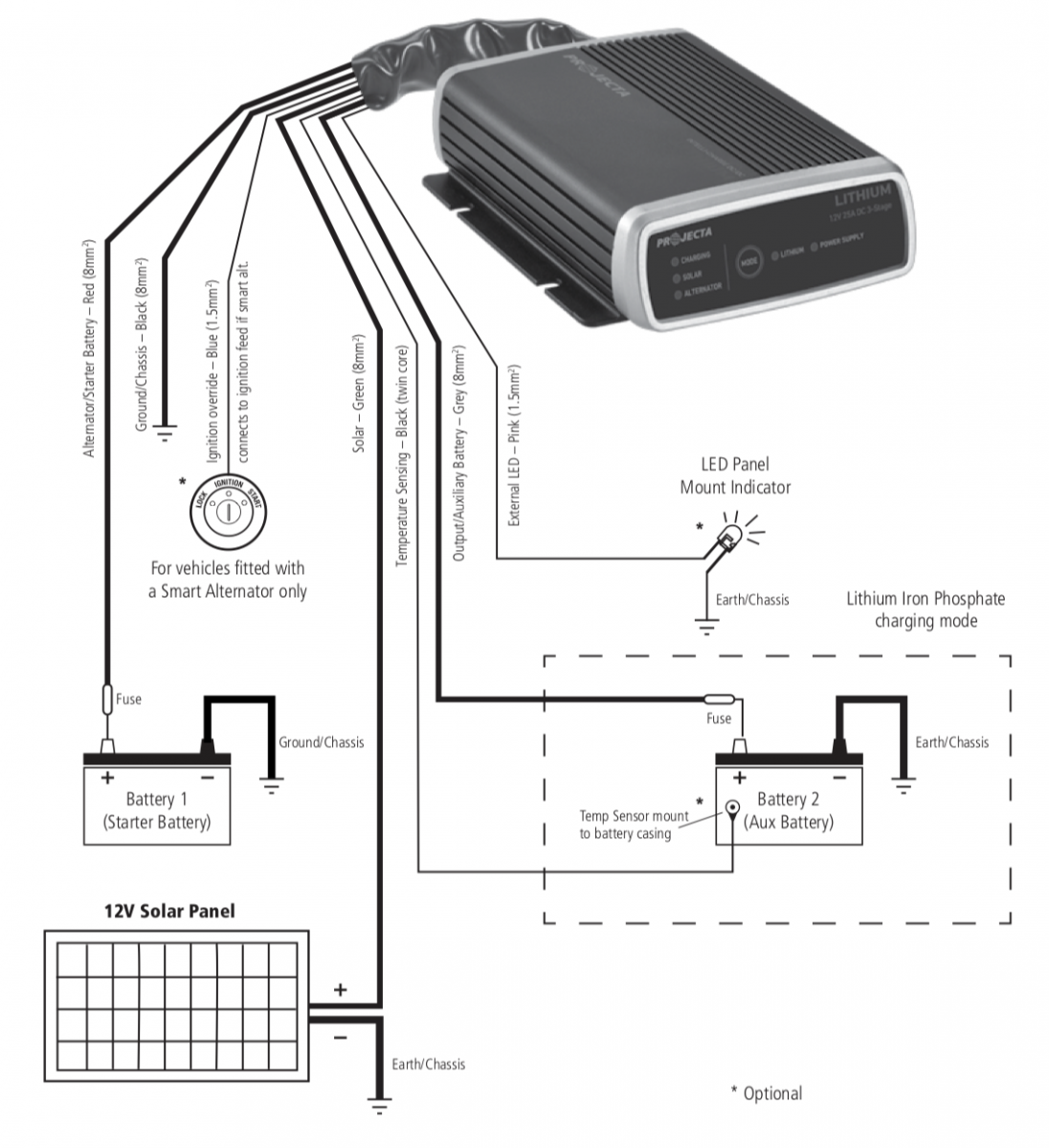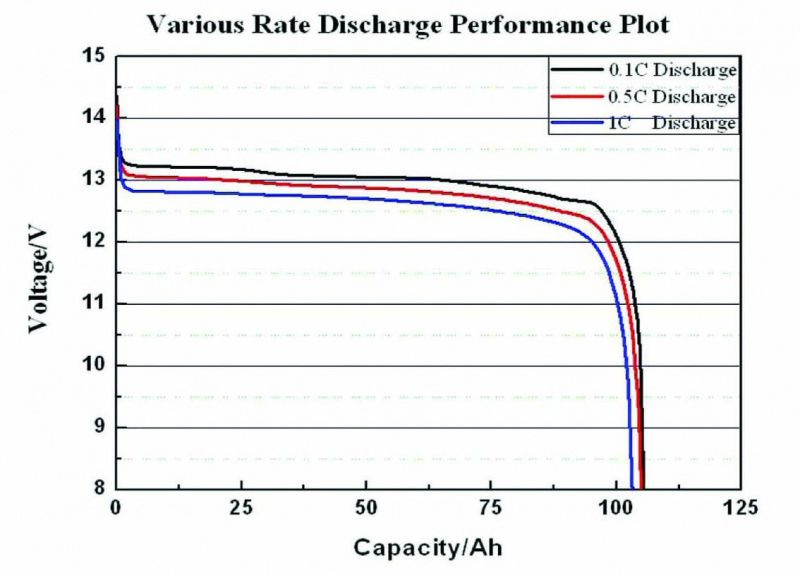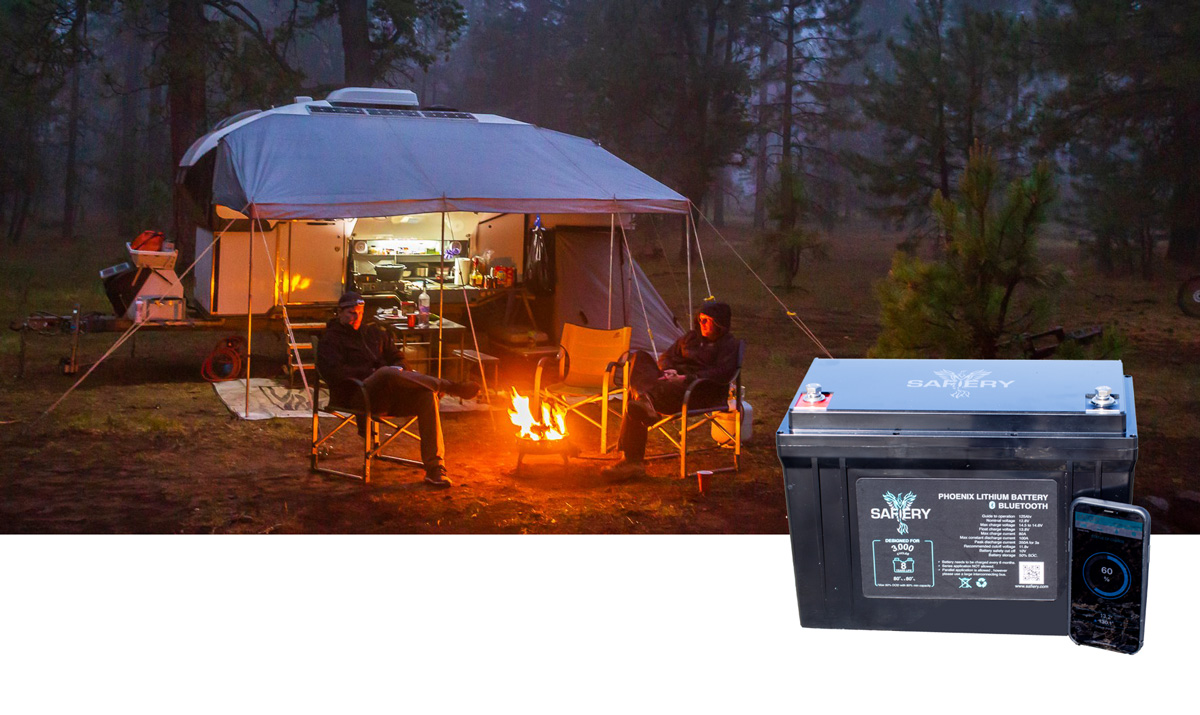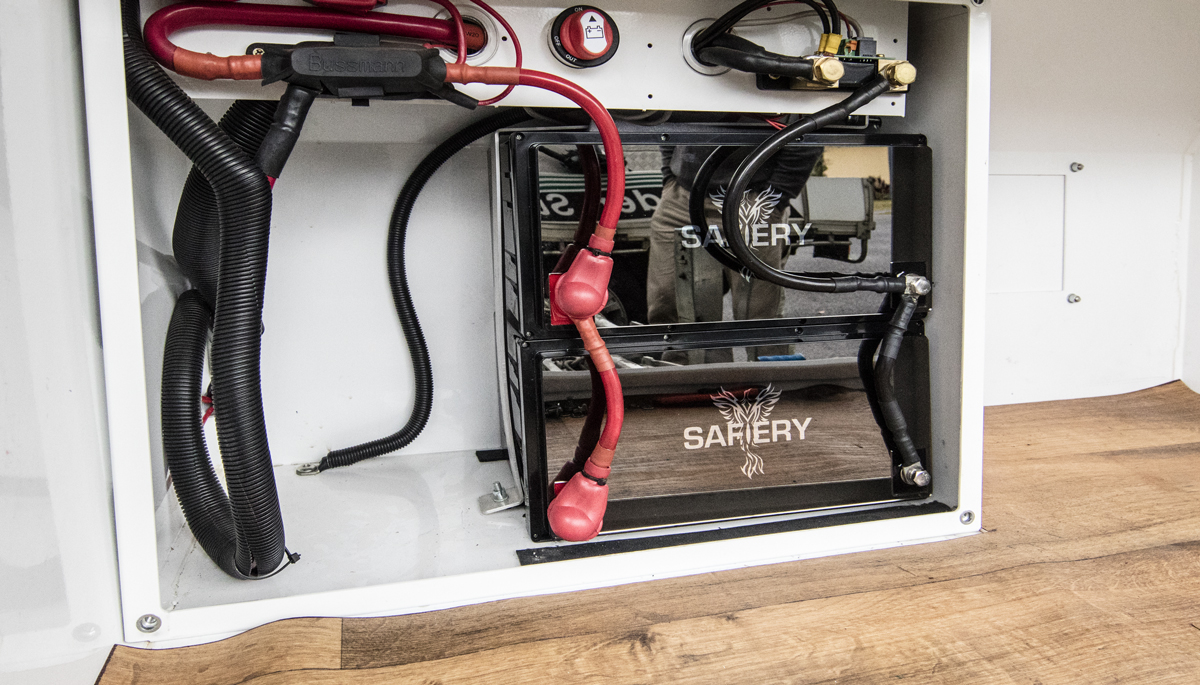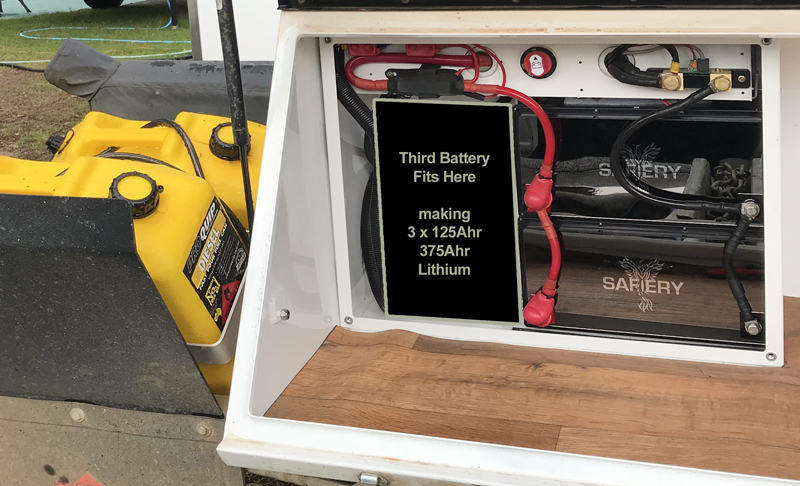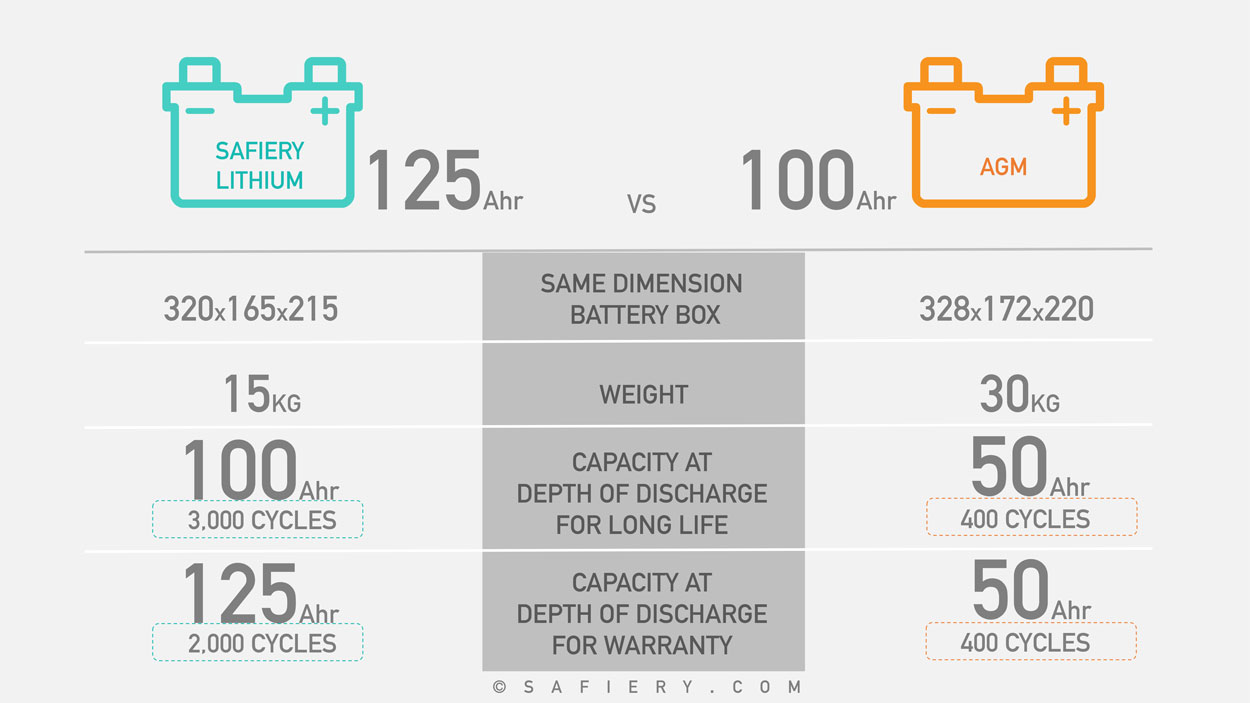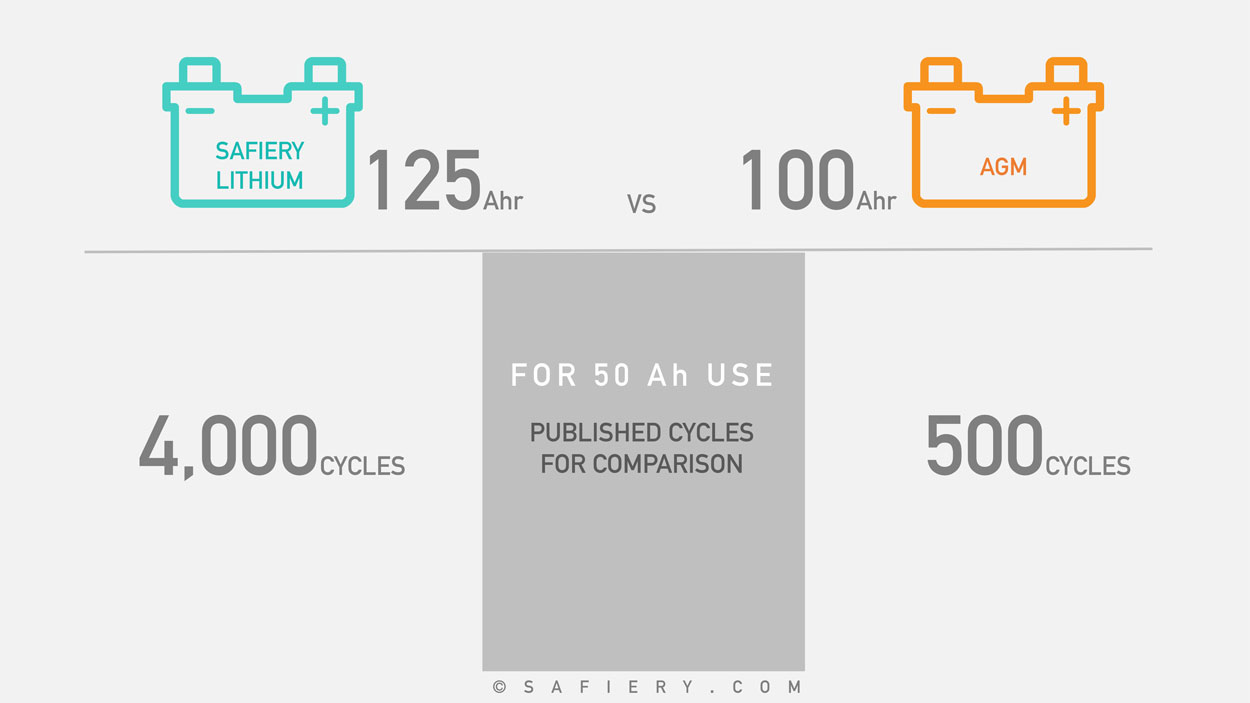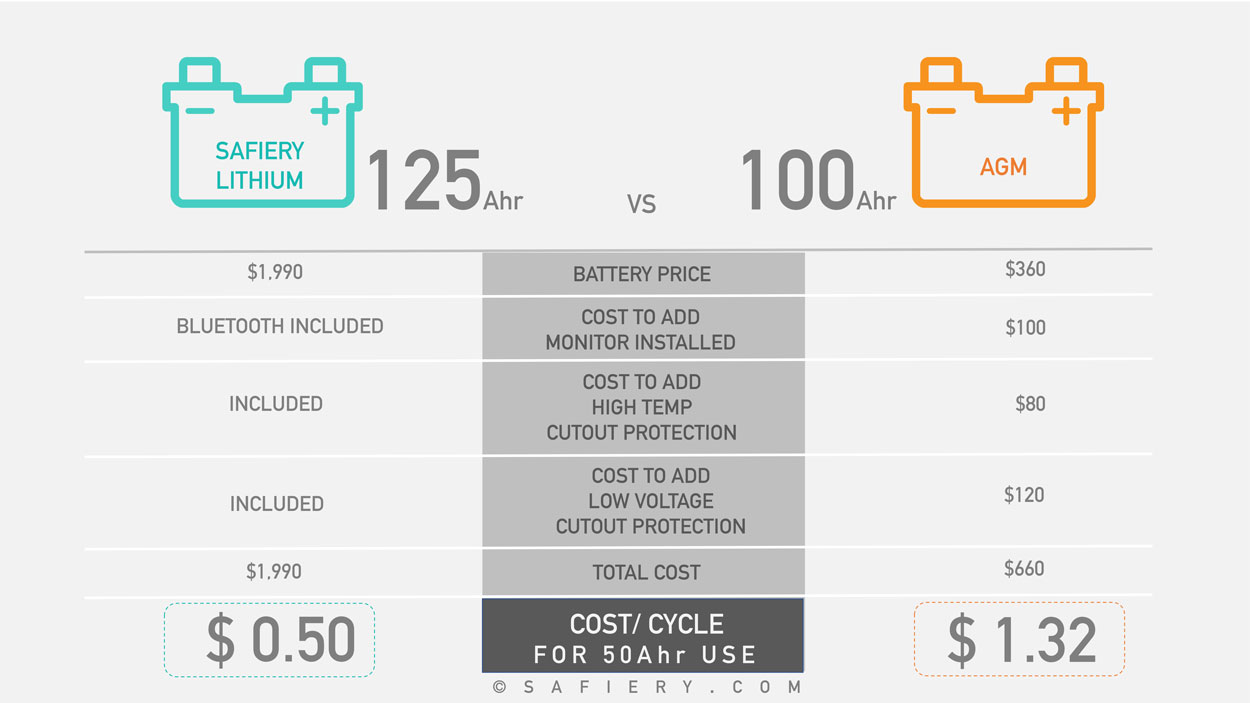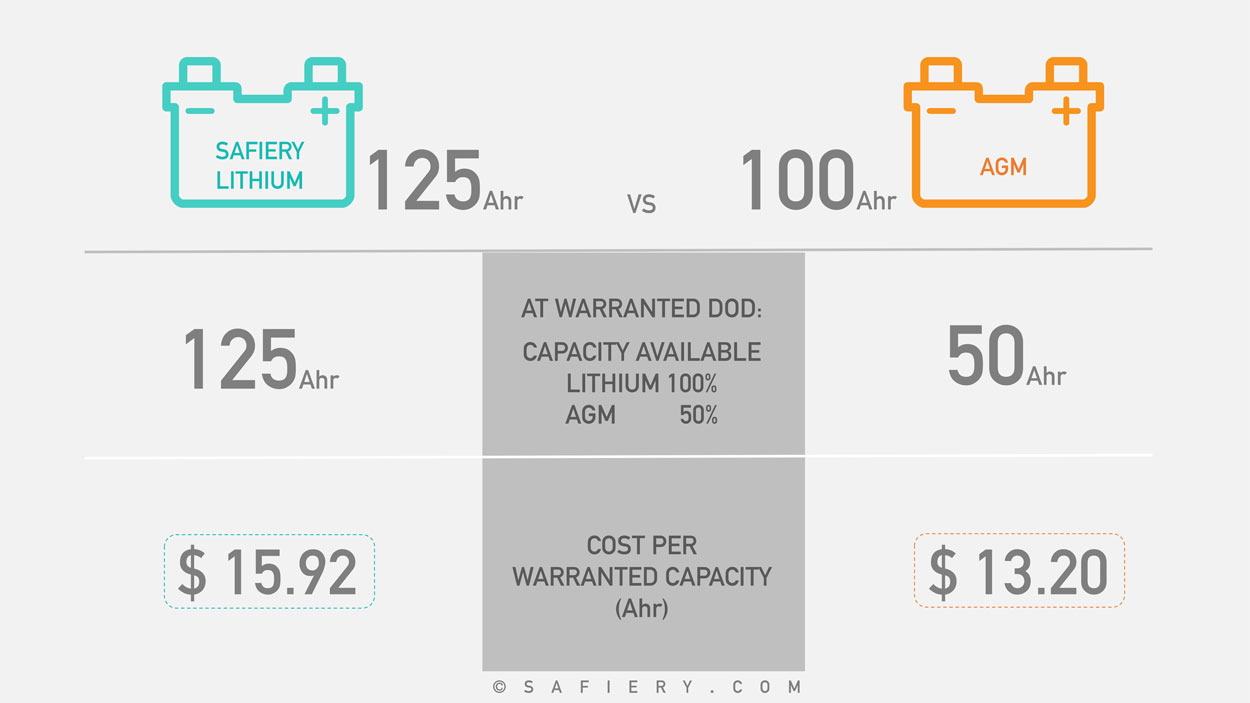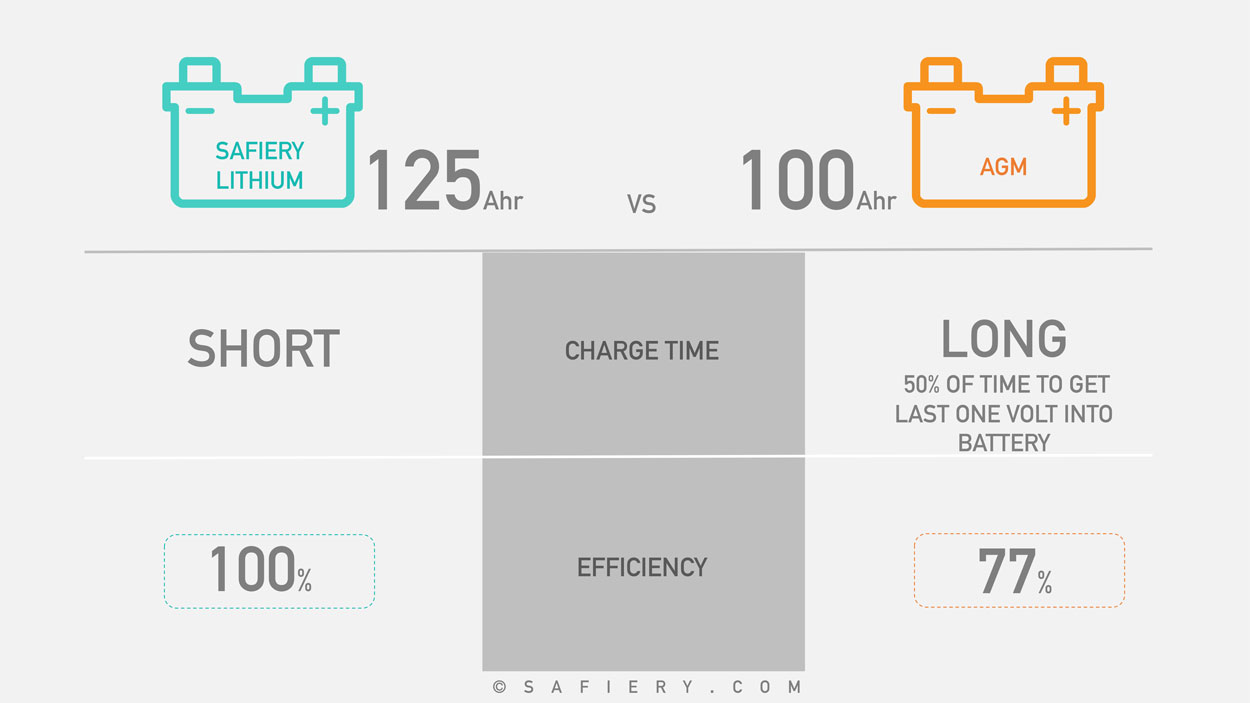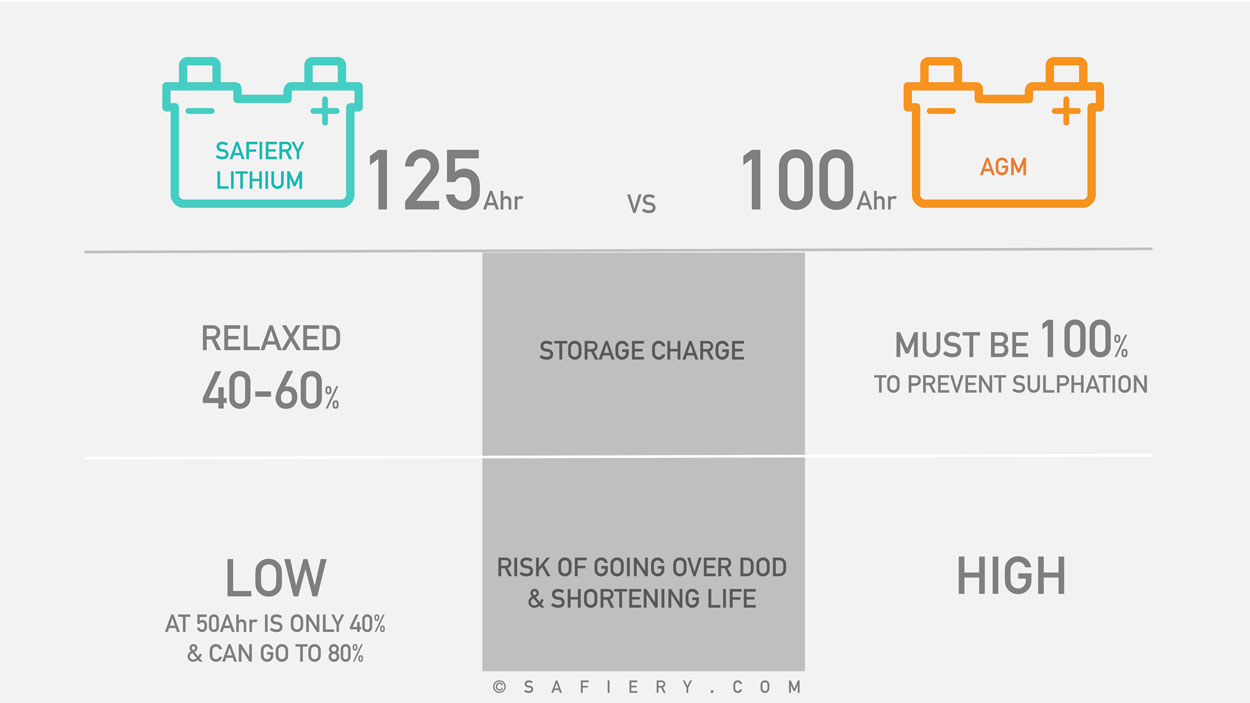The biggest issue facing users of battery powered Inverter systems is running the batteries flat. Voltage Sensitive relays are fine for small currents, but running an Induction cooktop or a espresso coffee machine draws 100+ Amps.
Safiery solve this problem in a simple way with smart technology. Bullet proof, Safe, Easy to use.
Battery Protection Problem with Inverters
Traditional methods for protecting a battery from total discharge was to place a Voltage Sensitive Relay in the power feed between the batteries and the inverter. Inverters can draw a very high current, beyond the safe limit of most relays. Because this feed is two-way for charging and discharging, digital relays need complex twin path control as these are uni-directional. Either way you end up with a complex wired white board kit.
One problem with a Voltage Sensite Relay with Lithium Batteries is the voltage profile is very flat. Although it will drop while under a sizable inverter load, it wont continue to drop until the battery capacity is 5-10%. Even if it can be tuned up to very sensitive levels, the surge that can occur when starting up some devices with trip the VSR.
The best way to protect Lithium Batteries is with State of Charge. This is bullet proof.
Safiery Solve this Problem
HALL EFFECT CURRENT MEASUREMENT BUILT INTO LITHIUM BATTERY
The true capacity of a Lithium battery is referred to as “State of Charge”. It is arrived at by measuring the total net current into and out of a Lithium battery. Once the Lithium Battery is fully charged, SOC starts at 100% and counts from there.
Tradional measurement of current flow if done with “shunts’ that consist of a huge piece of metal with tapping points on the side of a metal bridge. By measuring critical voltage changes, the shunt determines current flow. Installing shunts in Lithium batteries would add weight and possibly cause harm when off-road or at sea from vibration.
The alternative is to use a “hall effect” device that measures the magnetic effect from a high current flow and then calculates the current. These are highly accurate.
The current Sensors in our 48V Lithium batteries use Hall Effect technology.
Hall effect sensor benefits:
- Galvanic insulation
- Can be placed anywhere on the current path (voltage is not a problem)
- Do not affect the measured current so they are great within a Lithium Battery.
CANBUS ENABLED LITHIUM BATTERIES
With the Hall Effect current measurement built into the battery, the State of Charge can now be calculated inside the Lithium Battery and communicated ….
- Communication is done using Canbus.
- This is the most common bus used in automotive with a similar bus used in marine.
- Victron Venus is programmed by Safiery to read the Canbus communication
Information Available from the Canbus connected Lithium Batteries
- Sate of Charge of the Batteries
- Charging Limits : high and low
- Battery temperature
- Battery Voltage and Current





